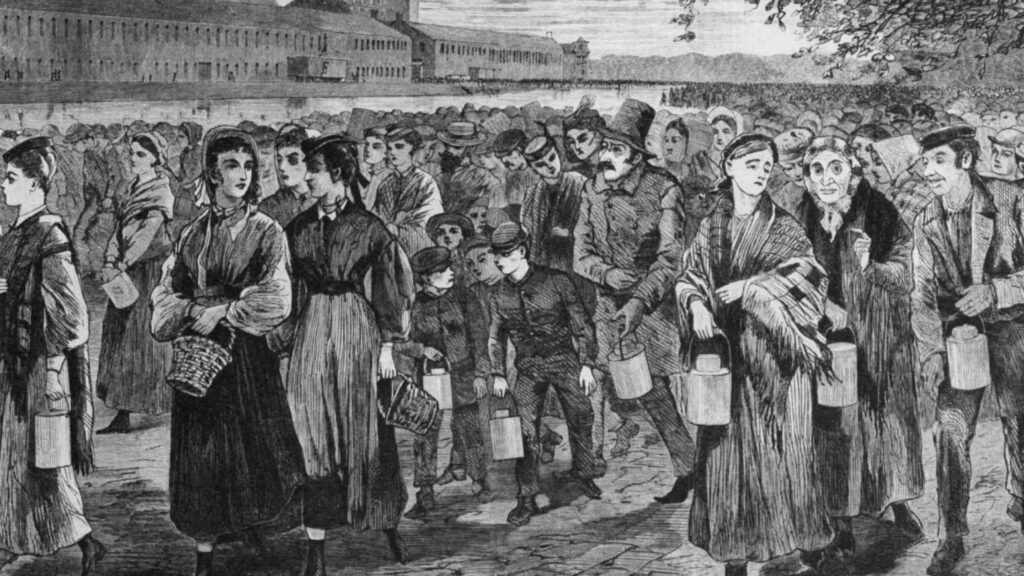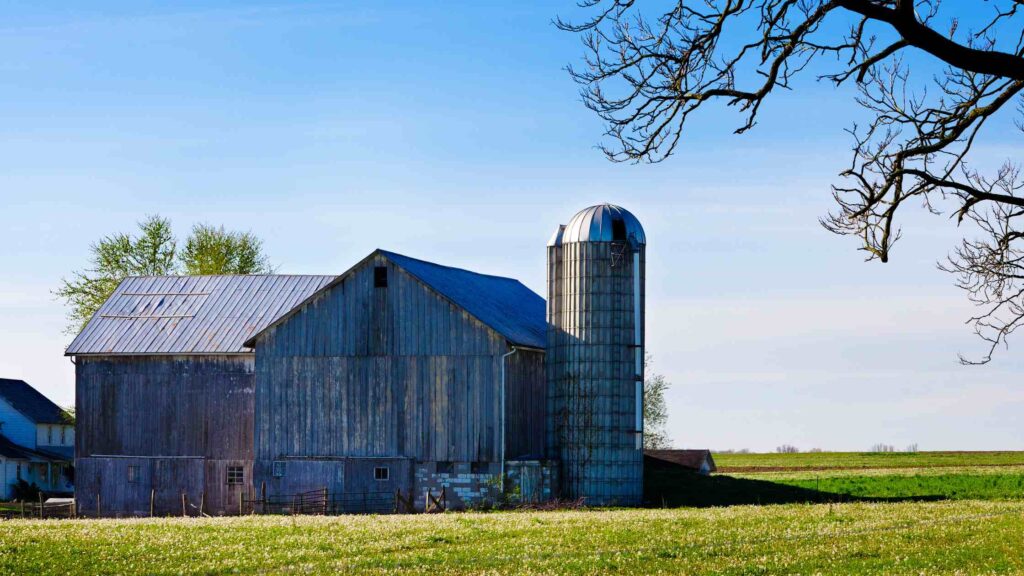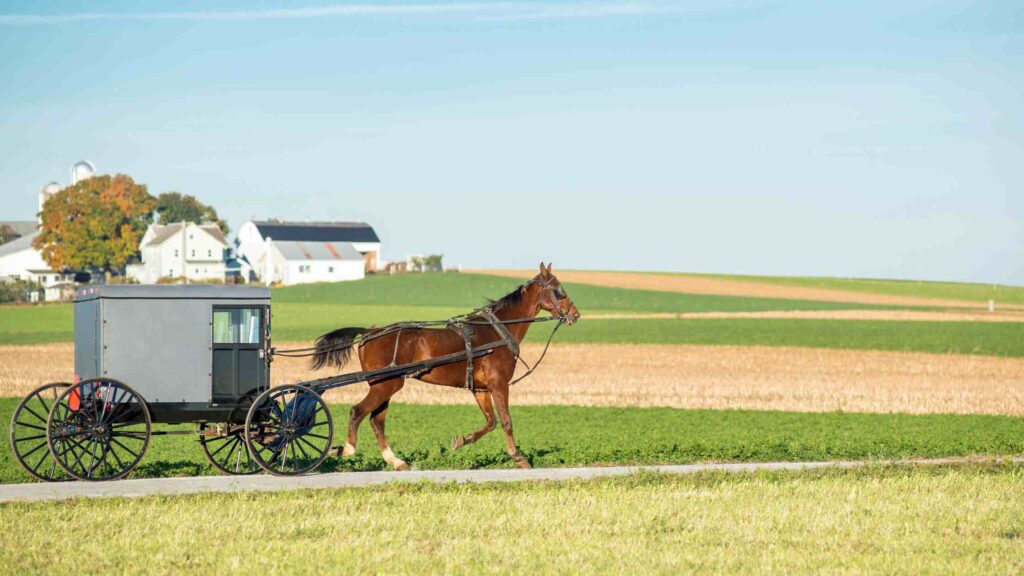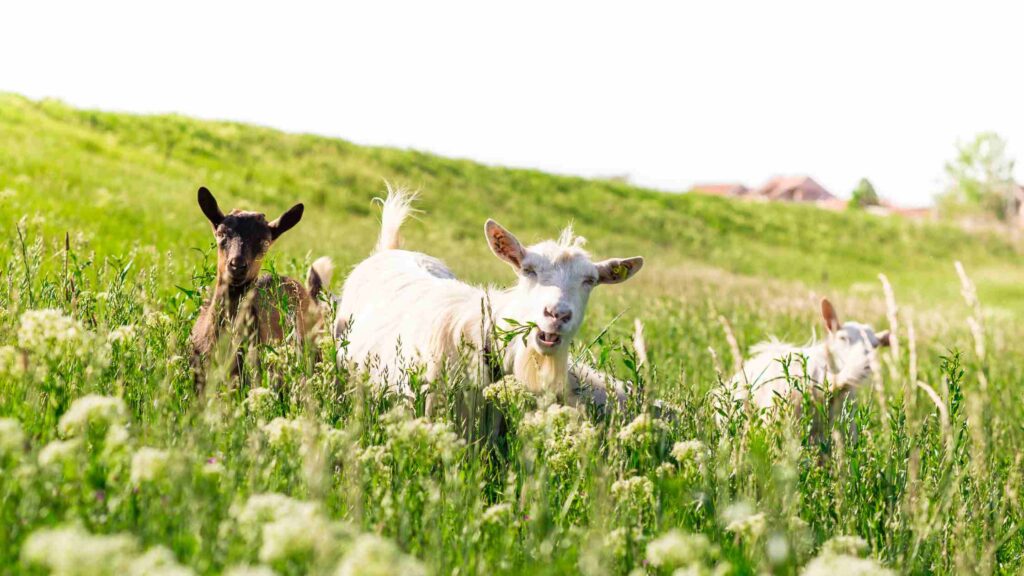Where do the Amish come from?
The Amish are a religious group known for their distinct lifestyle, traditional values, and commitment to living simply and humbly. They are descendants of Swiss Anabaptists who fled persecution in Europe during the 16th century, settling primarily in Pennsylvania, United States, and later spreading to other regions such as Ohio, Indiana, and Wisconsin.

The Amish adhere to a strict interpretation of Christianity and prioritize community, family, and faith in their daily lives. They reject modern conveniences and technologies, opting for a simpler way of life that emphasizes self-sufficiency, humility, and reliance on traditional practices.
Where can one find Amish communities?
Amish communities typically live in rural areas, where they farm the land using traditional methods and tools. They eschew electricity, automobiles, and most forms of modern technology, preferring horse-drawn buggies for transportation and manual labor for tasks such as farming, woodworking, and crafts.
Family and community are central to Amish life, with members often working together to support one another and uphold shared values and traditions. They attend worship services in private homes or community churches, where they gather for prayer, singing, and fellowship.
Amish Dress Code
The Amish dress in modest, plain clothing, adhering to specific guidelines that vary slightly among different communities. Men typically wear dark trousers, suspenders, plain shirts, and broad-brimmed hats, while women wear simple dresses, aprons, and prayer caps.
Amish Education
Education is prioritized within Amish communities, with children attending one-room schoolhouses operated by the community until the eighth grade. After completing their education, young adults often participate in Rumspringa, a period during which they have the opportunity to explore the outside world and decide whether to commit to the Amish way of life.
Various groups of Amish entities
The Amish community is not a monolithic entity but rather comprises various groups, each with its own distinct practices, beliefs, and interpretations of Amish traditions. While there are many similarities among Amish groups, there are also notable differences in areas such as dress, technology use, and community practices. Here are descriptions of some of the different levels or groups of Amish people:
- Old Order Amish: Old Order Amish are the most conservative and traditional branch of the Amish community. They adhere strictly to traditional practices and customs, including plain dress, horse and buggy transportation, and limited use of technology. Old Order Amish communities are often tightly knit and governed by Ordnung, unwritten rules that dictate community norms and behavior.
- New Order Amish: New Order Amish communities are slightly less conservative than Old Order groups but still maintain many traditional practices. They may allow limited use of technology, such as propane-powered appliances or solar panels, and may have slightly more relaxed rules regarding dress and community interactions. However, New Order Amish still prioritize simplicity, humility, and adherence to Amish values.
- Swartzentruber Amish: Swartzentruber Amish are among the most conservative and austere of all Amish groups. They adhere to strict interpretations of Ordnung, with even more stringent rules regarding dress, technology use, and community practices. Swartzentruber Amish communities are known for their plain, simplistic lifestyles and adherence to traditional farming and handicraft practices.
- Beachy Amish/Mennonites: The Beachy Amish are a subgroup of Amish who have adopted some Mennonite beliefs and practices. They may allow greater flexibility in dress and technology use compared to other Amish groups, and they often participate in mission work and evangelism. Beachy Amish communities may have a more relaxed approach to community rules and regulations.
- Amish-Mennonite Joint Communities: Some Amish communities have formed joint communities with Mennonite groups, blending elements of both traditions. These joint communities may vary widely in their practices, beliefs, and levels of conservatism, depending on the specific groups involved and the agreements reached between them.
- Progressive Amish: Progressive Amish are a relatively new and small subset of the Amish community who are more open to modern innovations and technologies. They may use more advanced forms of technology, such as motorized vehicles or cell phones, and may have more relaxed rules regarding dress and community practices. However, Progressive Amish still maintain a commitment to traditional Amish values and principles.
Overall, the Amish community is diverse and complex, with various groups and subgroups practicing their own interpretations of Amish traditions while striving to maintain a cohesive sense of identity, faith, and community.
They lead a life characterized by simplicity, humility, and devotion to their faith and community. Despite the challenges of living apart from mainstream society, they find fulfillment and purpose in their close-knit communities, strong family bonds, and commitment to preserving their unique cultural heritage.
Why considering Amish communities before buying your land is a wise move

If you haven’t purchased your land for survival, it’s wise to be near an Amish community. Why? ALong with the list below, you can be sure there will be like-minded people nearby who are willing to trade commodities when SHTF. But also…
- Sense of Community: Amish communities are known for their strong sense of community and neighborly support. Living near an Amish community can provide a sense of belonging and connection to a tight-knit community, fostering relationships with like-minded individuals who prioritize traditional values and lifestyles.
- Cultural Experience: Living near an Amish community offers an opportunity to immerse oneself in Amish culture and traditions. Residents can observe and participate in community events, festivals, and activities, gaining insight into Amish customs, crafts, and way of life.
- Quality Craftsmanship: Amish communities are renowned for their skilled craftsmanship and handmade goods. Living near these communities may provide access to high-quality, handcrafted items such as furniture, quilts, and home goods, often produced using traditional methods and techniques passed down through generations.
- Scenic Beauty: Amish communities are typically located in rural areas characterized by picturesque landscapes and rolling farmland. Purchasing land nearby can offer stunning views of pastoral scenery, serene countryside, and abundant wildlife, providing a peaceful and idyllic setting for residential or recreational purposes.
- Local Economy Support: Supporting local Amish businesses and artisans can contribute to the sustainability and vitality of the local economy. Purchasing goods and services from Amish-owned businesses helps to preserve traditional craftsmanship and agricultural practices while fostering economic resilience within the community.
- Peaceful Environment: Amish communities often prioritize simplicity, tranquility, and a slower pace of life. Living near an Amish community can provide a peaceful and serene environment free from the hustle and bustle of urban living, offering residents an opportunity to reconnect with nature and find respite from modern stresses.
- Their pesticide and herbicide-free livestock, milk, and vegetation: You can be sure that whatever you purchase from the Amish community will be free of harmful chemicals, vaccinations, and antibiotics. This is a huge plus if you’re conscious of the food you eat.
Overall, purchasing land near Amish communities offers a unique opportunity to embrace a simpler way of life, connect with a close-knit community, and appreciate the beauty of rural living while supporting local traditions and craftsmanship.

Here is a list of long-lost skills we modern folk could learn to benefit our lives
- Traditional Woodworking: The Amish are renowned for their exceptional woodworking skills, which encompass handcrafted furniture, barns, and household items. By learning traditional woodworking techniques, such as joinery and hand tool use, individuals can create durable and beautiful pieces without relying on modern machinery.
- Sustainable Agriculture: Amish farming practices prioritize sustainability and self-sufficiency. They utilize organic methods, crop rotation, and animal husbandry techniques to maintain soil fertility and produce high-quality food. Learning from their agricultural practices can help individuals cultivate resilient and environmentally friendly gardens and farms.
- Food Preservation: With a focus on seasonal eating and self-preservation, the Amish excel at various food preservation methods. From canning and fermenting to smoking and drying, they skillfully preserve surplus produce and meats to sustain their families throughout the year. Mastering these techniques allows individuals to extend the shelf life of perishable foods and reduce food waste.
- Handcrafts and Textiles: Amish communities value handcrafted goods made with care and attention to detail. They excel in traditional crafts such as quilting, basket weaving, and pottery, preserving these artisanal skills for generations. Learning these crafts not only fosters creativity but also promotes mindfulness and appreciation for handmade items.
- Blacksmithing: Blacksmithing was once a vital trade for crafting tools, hardware, and implements. The Amish maintain this traditional skill, forging metalwork using age-old techniques and tools. By studying blacksmithing, individuals can gain practical skills in shaping and working with metal, creating custom pieces for various purposes.
- Herbal Medicine and Remedies: Amish communities often rely on herbal medicine and natural remedies for healing and wellness. They have extensive knowledge of medicinal herbs, plants, and homeopathic treatments passed down through generations. Exploring herbal medicine empowers individuals to take a holistic approach to healthcare and self-healing.
- Off-Grid Living and Self-Reliance: The Amish embrace a lifestyle of simplicity and self-reliance, living off-grid and minimizing dependence on modern conveniences. They generate their own electricity, grow their own food, and make do with what they have. Embracing principles of self-reliance fosters resilience and resourcefulness in individuals, enabling them to thrive in diverse environments.
- Traditional Cooking and Baking: Amish cuisine is renowned for its hearty, home-cooked meals and traditional baking. From scratch-made bread and pies to hearty stews and casseroles, they prioritize wholesome, homemade food prepared with care. Learning traditional cooking and baking techniques connects individuals to their culinary heritage and fosters appreciation for simple, nourishing meals.
- Animal Husbandry and Care: Amish communities are adept at animal husbandry, raising livestock for food, milk, and work. They prioritize animal welfare and humane treatment, providing proper care and attention to their animals’ needs. Studying animal husbandry instills compassion and responsibility in individuals, fostering a deeper understanding of the human-animal bond.
- Community and Family Values: Above all, the Amish emphasize strong community bonds and family values. They prioritize cooperation, mutual support, and collective well-being, fostering tight-knit communities centered around faith and tradition. Embracing these values encourages individuals to cultivate meaningful connections, support one another, and nurture a sense of belonging in their own communities.
By embracing these 10 skills and values passed down by the Amish, individuals can enrich their lives, foster self-sufficiency, and cultivate a deeper connection to tradition, nature, and community.


